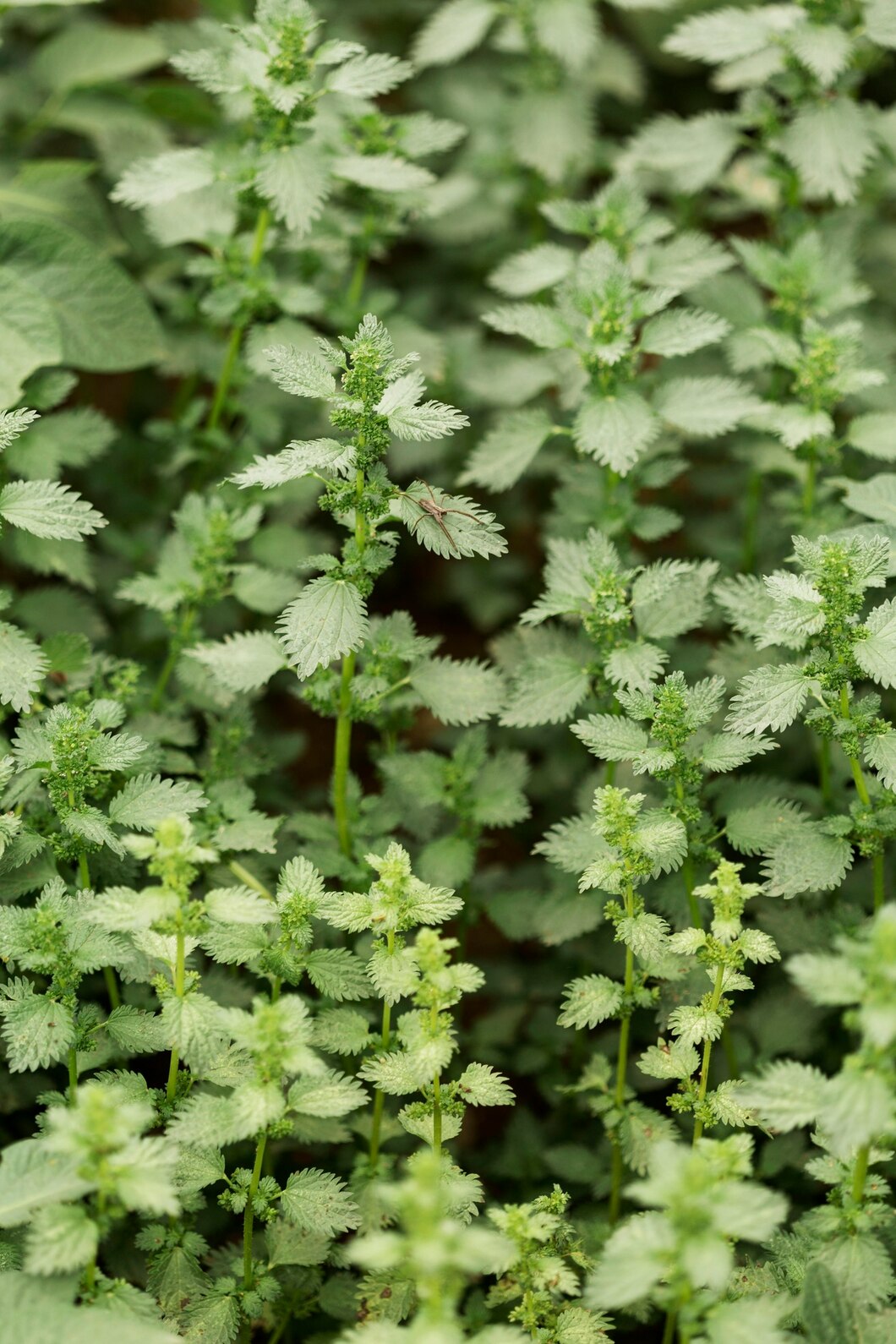
Catnip
Nepeta cataria
Basic Information
🌿 Family: Lamiaceae🗺️ Zone: 3-9
Other Names:
- Catmint
- Catwort
- Field Balm
🌡️ Ideal Temperature : 55°F – 85°F
🔥 Heat Tolerance: Up to 95°F
❄️ Cold Tolerance: Down to -40°F
🌱 Type: Perennial
Layers
- Ground
Description
Catnip (*Nepeta cataria*) is a short-lived perennial herb that typically grows to a height of 60–90 cm (2–3 feet). It features erect, branched, square stems clad with aromatic, opposite, coarsely-toothed, triangular to ovate, gray-green leaves measuring up to 7.5 cm (3 inches) long. The plant produces small, two-lipped, white flowers with pale purple spotting, arranged in spike-like terminal clusters at the stem ends, blooming from late spring well into summer. Catnip is renowned for its effect on domestic cats, inducing behaviors such as rolling, rubbing, and purring due to the presence of the compound nepetalactone. It is also valued for its medicinal properties and as an attractant for pollinators like butterflies.
🌞💧 **Sun and Water Requirements:**
Catnip thrives in full sunlight but can tolerate partial shade. It prefers well-drained soil and is drought-tolerant once established. Regular watering is beneficial during dry periods, but overwatering should be avoided to prevent root rot.
✂️🫘 **Methods to Propagate:**
Catnip can be propagated through seeds, cuttings, or division. Seeds can be sown directly into the soil after the last frost or started indoors 6–8 weeks before planting out. Softwood cuttings taken in late spring or early summer root readily. Established clumps can be divided in spring or fall to create new plants.
🧑🌾👩🌾 **When to Harvest:**
Harvest catnip leaves and flowering tops just before the plant blooms, typically in late spring or early summer, when the essential oil content is at its peak. Cut the stems in the morning after the dew has dried. The harvested material can be used fresh or dried for later use.
Purpose
- **Medicinal:** Catnip has been traditionally used to treat ailments such as stomach cramps, indigestion, fevers, and nervous conditions. It is consumed as a tea, tincture, or infusion.
- **Pollinator:** The flowers attract pollinators, including butterflies and bees, enhancing garden biodiversity.
- **Wildlife Attractor:** Beyond domestic cats, catnip can attract certain wildlife species, contributing to a dynamic ecosystem.
- **Pest Management:** Nepetalactone in catnip acts as a natural insect repellent, deterring pests like mosquitoes, aphids, and squash bugs.